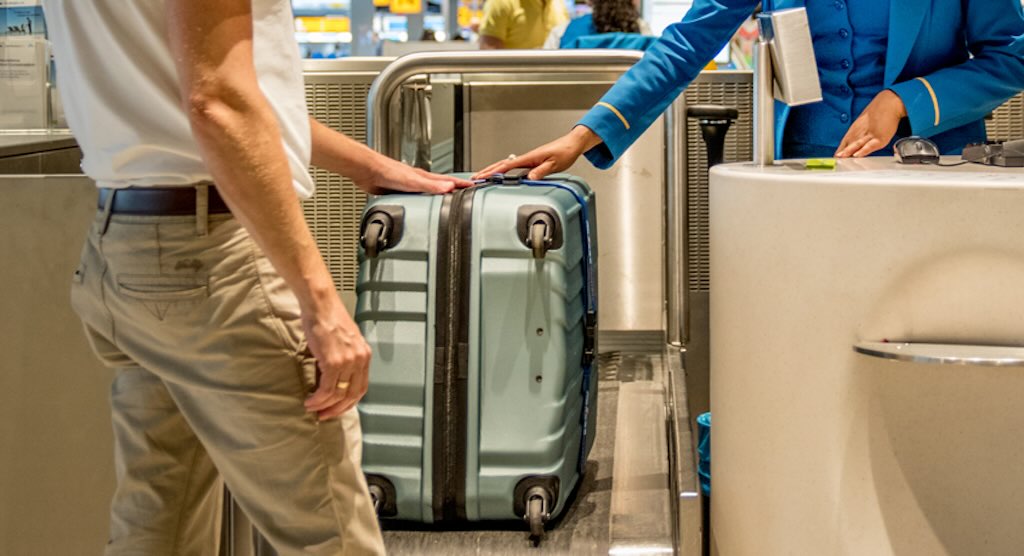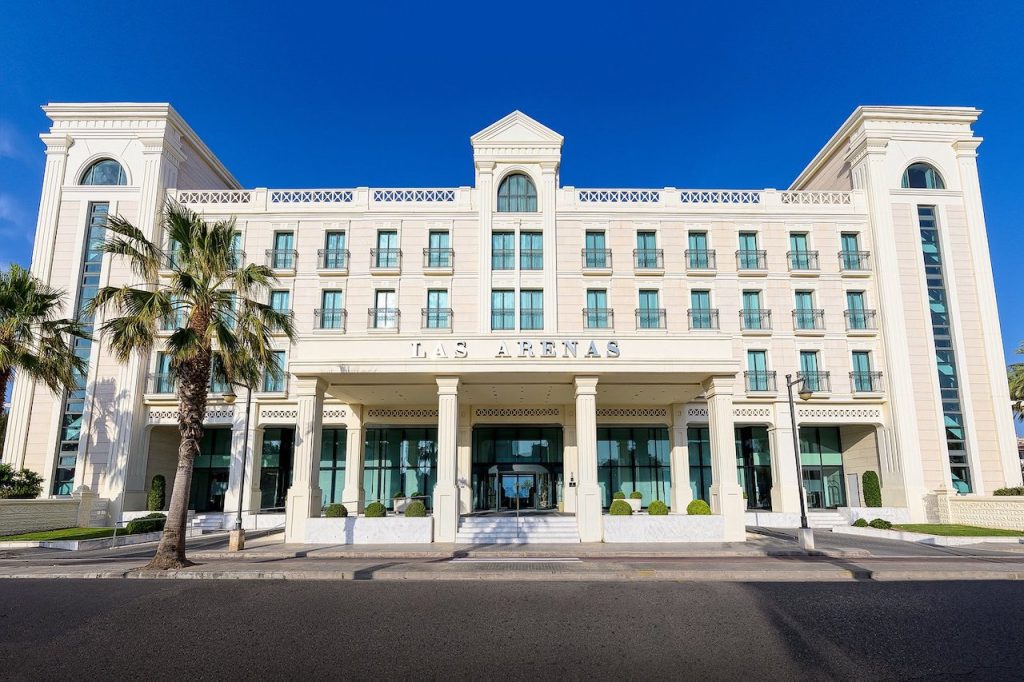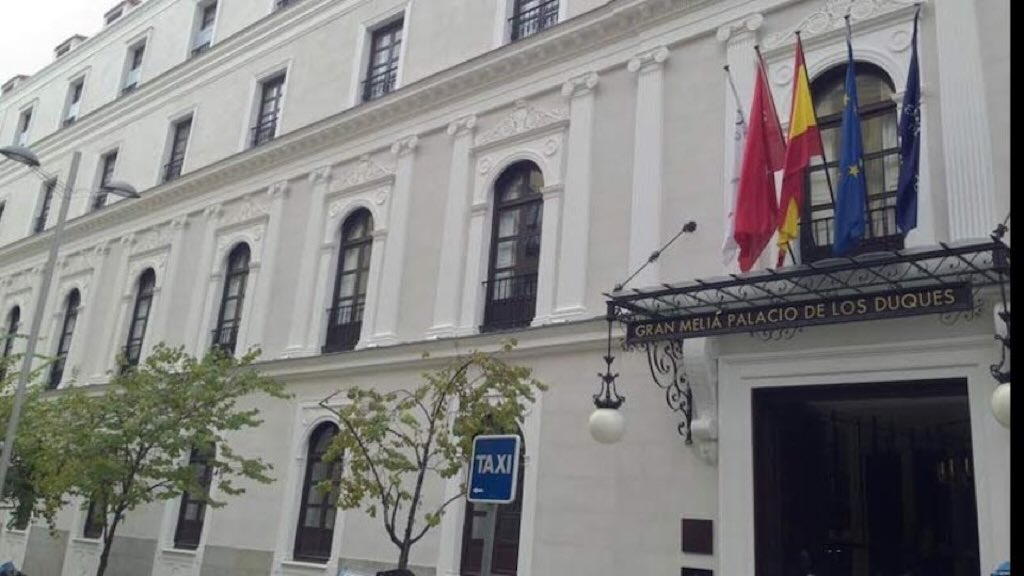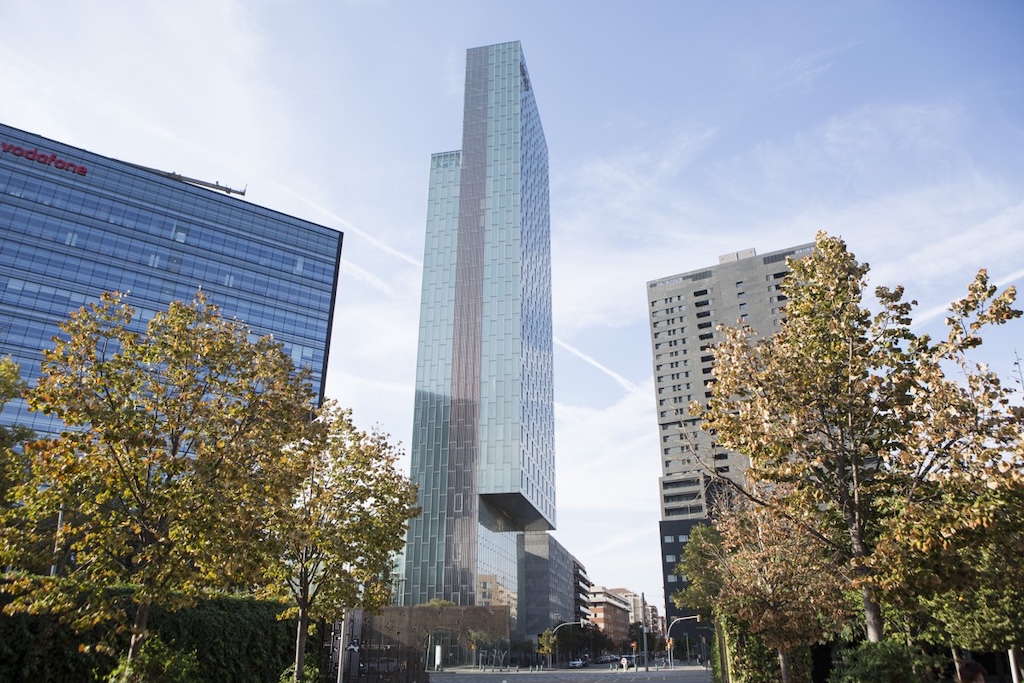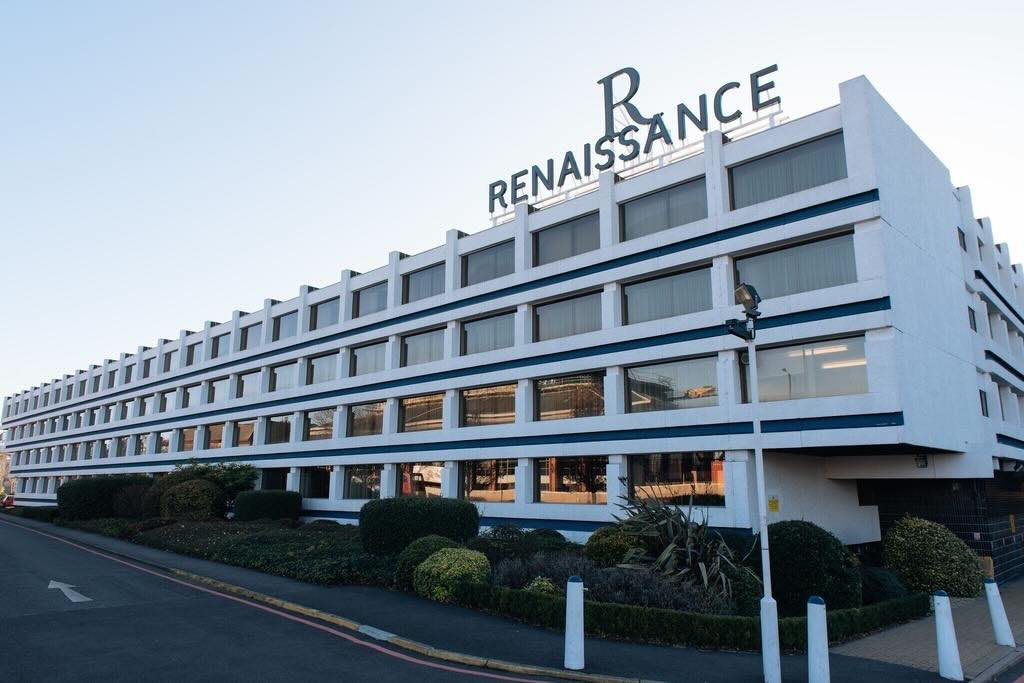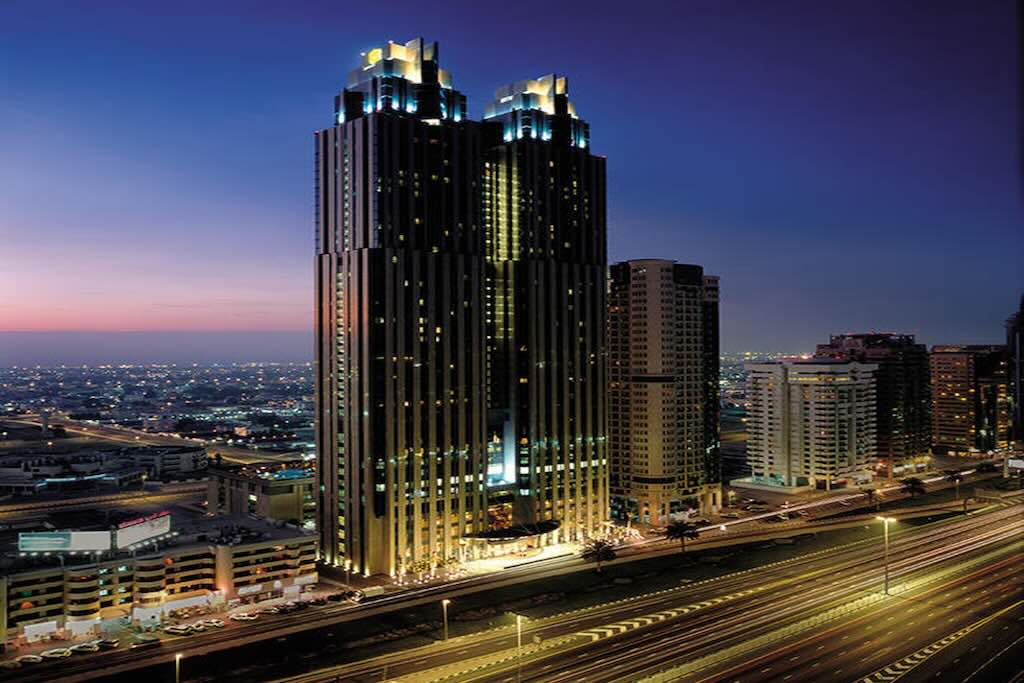I’ve tried to compile a useful multipurpose (airport focused) check-in packing list.
I’ve inserted some comments (in italics) based upon a trip my wife and I made for 53 nights in Dubai and Phuket. And more recently (2024) I’ve also re-validated this list when I made a cruise to the Antarctic, travelling via Buenos Aires.
This is not a “take 2 formal trousers, 3 T-shirts, and don’t forget your toothbrush” list. This is more a general purpose checklist or reminder which must be customised for any specific trip, e.g. formal trousers might be needed on one trip, but it will be Bermuda shorts on another trip.
I have a separate carry-on packing list as well.
Luggage and baggage mean the same thing, I just happen to use the word luggage.
Let's start... with carry-on
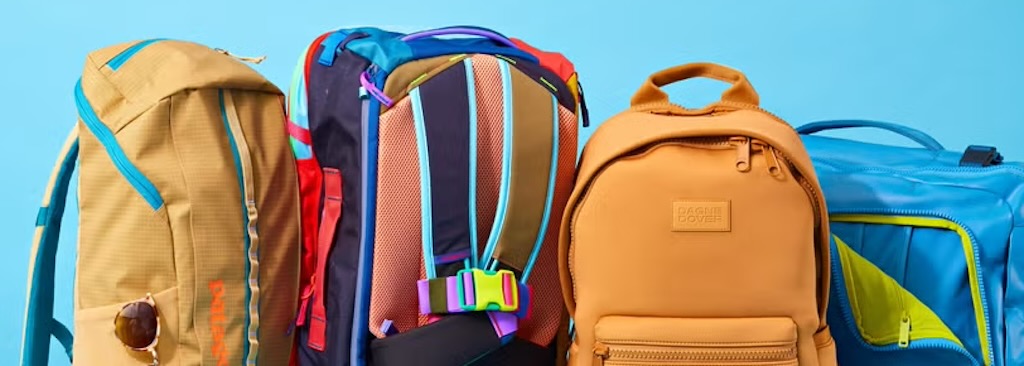
Don’t leave anything important or valuable in check-in luggage.
Always take all personal belongings and valuables in (airport) carry-on hand luggage (i.e. passports and ID-cards, travel documents, tickets, visas, money, credit cards, essential medication, cameras, phones, laptop/tablet, keys, spare prescription glasses, etc.).
I put these valuables in a series of separate transparent Ziploc bags (don’t put everything in one big bag). Travel documents (including boarding passes) can go together in an easy to access travel pouch (some people have a “fanny pack“). I place my laptop/tablet in separate individual protective pouches, and also ensure that all my electronic equipment (including the camera) are charged, and easy to access during security screening (can be switched on if asked). I also take chargers and cables in my carry-on backpack. I include my spare prescription glasses in their protective case (also for my prescription sunglasses). I try to avoid taking any liquids or creams in my hand luggage (but otherwise follow strictly the rules).
As an aside I always travel with a second smartphone, with a SIM and subscription from a different operator in a different country.
On both my check-in and carry-on luggage I have TSA-approved locks, and I also have AirTag’s hidden in both my check-in and carry-on luggage.
Many carriers explain that medicinal tablets and capsules can go in checked luggage or in hand luggage, but must be accompanied by a doctor’s prescription. All essential medication, in their original boxes along with the instructions for use, and with the prescriptions, should be separately packed and kept in carry-on luggage.
I prepare printed packing lists for both check-in and carry-on. I also have copies of any recent bills, proof of purchase, etc., just in case (e.g. laptop, tablet, camera, …). Sometimes people are questioned by the customs about what looks like something newly purchased whilst travelling, and original invoices can show where and when the item was originally purchased.
I also have in my carry-on luggage printout copies of my passport & ID, visas, travel documents, credit cards, etc. I also carry printouts of my travel insurance documentation, including a statement from my heath insurance, and any forms needed for medical exams and claims resulting from an accident.
I label all bags with name, destination address, email address and mobile phone number.
I take photographs of both check-in and carry-on luggage, including during packing.
I travel in a simple warmish jacket, always with zipped pockets (remember airplanes can be quite cold). Firstly, I can put everything in the zipped pockets and dump the jacket in the tray for security control. Secondly, in the aircraft I can keep all my important stuff on me, or in storage right next to my seat.
In airports, planes, taxis, etc. I try to never keep stuff in trouser pockets, always in zip pockets. I’m a great fan of tops that have interior zipped pockets.
As a last point I usually printout from Google Maps the streets around our hotel, etc. so I have a visual idea on where we are going. I also use Google Street View to “see” my different destinations, before finalising any bookings.
For example, I found it very interesting to see my Antarctic cruise ship location and the boarding routine. With some video reviews and using Google Maps, I could get a firm impression of where I was going, and what I could expect to see.
First thoughts on check-in luggage
On both my check-in and carry-on luggage I have TSA-approved locks. Some TSA locks also have an inspection indicator. You can also find small battery-operated high-decibel security alarms which can be attached to doors, windows, and luggage. I have AirTag’s hidden in both my check-in and carry-on luggage.
I also use suitcase covers and a colourful security strap to help identify my luggage on the carousel in arrivals.
I label all bags with name, destination address, email address and mobile phone number. I also print out the same information on a A4 sheet and place it inside my luggage. If you are moving from one destination to another, prepare different labels.
During my trip to the Antarctic, the cruise company required that all luggage had to be correctly labelled, with complete name, the name of the ship, the destination and number of the cabin.
Always check the fine print. For example, for the cruise there was a long list of forbidden items, which included water heater, rice cooker, drones, radio-navigator, laser pointers, Samsung Note 7, and candles.
I take photographs of all luggage, including during packing. It helps also when I have to unpack and repack during a stopovers. For short stopovers, I try to separate what I need so as not to disturb too much the contents of my luggage.
As an example, travelling through Buenos Aires to an Antarctic expedition ship, I separated, in the same suitcase, compression packs for all the antarctic clothing, so I only needed to open them once onboard the cruise ship.
Remember ALWAYS PACK LIGHT, always keep under the maximum suitcase weight of 23 kg (20 kg is a nice safe target). Try to limit the number of clothes, and use the hotel washing and dry-cleaning service (and/or wash by hand).
Always read the fine print, and if possible check out travel reviews and any videos, etc. This includes any video reviews of the airports and lounges visited, and aircraft used.
For example, spending nearly two months in Dubai and Phuket, my wife and I preferred to travel with two medium sized “spinners”, each well below the 23 kg limit. It was clear that a larger (and heavier) suitcase would almost certainly have posed a problem, and would probably have been damaged during transit. We went with a very average quality and medium size that made it easy to replace a suitcase if needed. Each suitcase had its cover, and a tight colourful security strap.
Reviewing the travel videos for Antarctic cruises, showed that some passages had problems with the weight limits imposed on the economy flights to and from Ushuaia. They had to pay quite high excess luggage fees.
Check-in luggage - some basic rules
Start with a smaller suitcase, so start by thinking “light”.
Use compression packing cubes (but don’t over compress them).
Compression cubes or bags are designed to reduce the bulk of clothing and other compressible items by squeezing out excess air and volume. It also makes piles of stuff more manageable. There are a variety of options, ranging from zip-top plastic bags with one-way valves through to simple drawstring bags, and some have compression buckles. The ones I use are just basic ‘stuff sacks’ of various sizes. They are made of durable nylon with good seams and zips. There are even waterproof versions for rucksacks, etc. There are also smaller waterproof packs which are great from packing liquids (or just wet clothes).
One of the most obvious advantages is the way a sleeping bag or a down jacket can be rolled into a small tight compression bag in the form of a roll. For me the cubes or bags provided a way to organise packing, and provided compression for things like sweaters, puffy jackets, etc., but not for stuff like shoes (although there are shoe box-like sacks as well).
They do save space, but they don’t cut weight. The key is to role or fold clothes to be small and as flat as possible. Then pack the clothes in to a correctly sized cube or bag, then squeeze down everything before closing with the zip. What you end up with is a series of different sized clothes cubes, which you pack into the suitcase. The rest of the space is then available for the non-compressible items. Once the idea is clear, you need to shop around to find the shapes, sizes, etc. that best suit you and the suitcase(s) being used. I personally found them also very valuable for packing lots of small items such as packeted medication into one single, easy to handle and pack/un-pack cube.
It really helps to use a packing list, and to remember:-
- Only take clothes that colour-coordinate (best just one or two colours)
- Don’t take ‘just in case’ items (e.g. if it’s going to be warm, don’t pack for cold weather ‘just in case’)
- Go for layers, and avoid thick, heavy clothes (e.g. avoid jeans if at all possible)
- Wear the heaviest pieces of clothing on the flight (airports and flights are usually cold)
- Best to leave delicate, expensive, and ‘dry clean only’ items at home
- Go for quick-drying clothes (have a look at moisture-wicking fabrics)
- Careful about shoes, because they take up a lot of space (saw a nice suggestion to use shower caps to cover your shoes and stop them dirtying stuff)
- Hand wash and dry small items in hotel room (go for quick dry fabrics – you can find travel clothes lines, but I prefer to take a few wireframe coat hangers and some pegs).
It’s certainly a good idea to learn to hand wash, but in fact on our trips we often used the hotels laundry service. For example, we would immediately upon arrival send all our travel clothes for cleaning.
For a complete list of everything we take with us, the check-in list needs to be read along with the carry-on list.
'Check-In' Packing List
Underwear/slip/bras
Add one or two more than the minimum.
Socks/stockings
Initially I often took too many socks for summer-holiday style destinations. My wife and I both used white ankle socks that went with trainers.
Nightwear
T-shirts/shorts
I usually take three T-shirts, and my wife three, four or five T-shirts (and she might buy one to two more during the holiday). I take two or three pairs of shorts, and my wife took four pairs of shorts.
Casual (trousers/shirts and slacks/tops)
One pair of trousers for travelling, and my wife wore one pair and packed one pair. Depending upon the type of hotel I might take two shirts.
Formal ladies (dress/skirt, top, jacket, …)
My wife took 2-3 light ‘tank-like’ tops and 1-3 ultra-light chiffon elegant cover-up’s that matched her trousers, but she almost never use them all.
Formal mens (suit, jacket, dress shirt, ties)
For me one pair of trousers and a shirt were enough.
Warm clothes/Rainwear (coat, sweater, …)
I take a light-weight waterproof windbreaker and a light sleeveless pullover, and my wife normally took a warm undershirt and a soft-shell winter jacket. My wife did not like cold weather so she often added an additional lightweight sweater.
Hat/gloves/scarves
My wife took a ‘twist and fold’ sun hat, and a golf cap. I would add 1-2 elegant scarves for her, which she always appreciated.
Shoes (casual/formal, walking)
My wife took at least an extra pair of sports shoes. I just wore the same all the time.
Belts
I wore a belt, and my wife always took a nice belt but almost never used it.
Swimwear (trucks, one-piece, cover-up’s, …)
I take a pairs of Bermuda trunks (or two), and my wife took three swimsuits.
Sandals/flip-flops
I take a pair of flip-flops for the shower, and my wife always took two pairs. We were not sandal-style people.
Overall I would aim to keep below a total of 10 pieces of clothing (excluding underwear, socks and night clothes). My wife would try to keep under 15 pieces of clothing.
Beach bag
This was hit-or-miss, but if we took one it had to have shoulder straps, a zip closing, and if possible a zip pouch inside. These were always “freebies” from our local perfume-cosmetics shop, and could be left in the destination hotel.
Electric toothbrush and charger
We took our a travel electric toothbrush, and also replaced the brushes before travel.
Toiletries
My wife would always take her preferred toiletries from home, and I just used whatever I could find.
Comb and hair brush
Sunscreen
My wife would always take her preferred sunscreen.
Other Stuff:-
- Pocket personal alarm in the form of a keyring – taken, but never used
- Door wedge – very useful for providing additional security at night
- Spray and cleaning cloth for glasses – absolutely essential
- Sewing kit – optional, all the better hotels have a small kit in each room
- Disinfectant spray/wipes – absolutely essential
- Latex gloves – essential, and my wife would give the bathroom a full cleaning
- Nail scissors/nail file/nail clippers/tweezers – we have a small set, and often took a pair of ceramic scissors
- Hand sanitisers – absolutely essential
- Toothbrush steriliser – Nice idea, but not used
- First-aid kit – a minimum kit is useful
- Shower caps – often found in all the better hotels, but they are not replaced systematically
- Laundry kit – hand-wash soap or dry laundry soap sheets, stain remover, clothesline, wireframe coat hangers, pegs
- Rubber/silicone sink stopper – absolutely essential, leaking sink plug is a very common problem in hotels
- Role of duct tape – not used, but useful for long trips with many flights, etc.
- Spare chargers and cables for MacBook, iPad and iPhones – in addition to the cables in my carry-on
- Pencil, pens, etc. and Post-Its – very useful
- Plug/Socket adaptors – absolutely essential, but depends upon the destination
- Spare prescription glasses (and sunglasses) – absolutely essential
- Money belt – never used, I would try to leave as much stuff as possible in the hotel safe, and distribute cash in different pockets
- Mini-tools, e.g. screwdriver, etc. – I take a little set with me, but have never used it
- Flashlight – My wife insisted on a little LED flashlight, and I always took for a small nightlight
- Lanyard for hotel – I would take two, but we never used them.
For long stays some people actually ship separately a box of their preferred toiletries, soaps, creams, no-essential medication, etc.
To lock, or not to lock, that is the question. A lock will not stop a determined thief but it will stop the opportunistic thief, and it will provide some protection in hotels, etc. We always lock our suitcases using TSA-approved combination locks.
Last-minute reminder list
I stick this list to the back of our front door so we can see it everyday …
Keys
Travel documents/tickets
Passports/ID cards
Driving licence
Credit cards
Computer/tablet/mobile phone (optional: spare phone, separate backup drives)
Chargers/cables
Socket adapters
Camera/memory cards
Toothbrush/toothpaste
Razor
Photocopy of essential documents (tickets, passports, credit cards, etc. …)
Essential medication, and list of medication/prescriptions/doctor certification
List of contacts (bank, health insurance, travel insurance, national embassy/consulate, …)
Accident declaration forms/medical certificate templates.
Based upon what I had forgotten in the past my list has at the top in bold a “Don’t forget me” with electric shaver and charger cable, phone charger, local currency coins, …, and for my wife, eye makeup remover.
And with COVID I added face masks and hand sanitisers.
ad abundantiam cautela
Here are a few extras that some people mention in their lists:-
- digital luggage scales
- bungee cord
- RFID wallet – very useful, but everyone has this now
- eye drops – useful for people with dry eyes (like me)
- sheet masks – another name for face masks
- magnetic hooks – mentioned for cruises where walls are metal
- wrinkle release spray
- over-the-door organisers
- poo-pourri – a type of natural odour freshener
- dental floss
- nail polish
- wine or Champagne
- corkscrew
- portable humidifier
- sound machine – I guess this is a wireless speaker
- door decor
- themed party attire
- waterproof phone case – might be a good idea
- beach toys
- towels and towel clips
- reef-safe sunscreen.
